Frequently asked questions
Company News
- Fluorocarbon aluminum veneer, the "new darling" of the aluminum industry
- Aluminum veneer customization: the art of creating personalized spaces
- Fluorocarbon aluminum veneer: the fashionable choice for modern architecture?
- How much do you know about curtain wall aluminum veneer: the fashionable outerwear of architecture?
- Fluorocarbon aluminum veneer: the new favorite of environmental protection, a new chapter in the beauty of architecture!
Industry dynamics
- Is the service life of aluminum veneer affected by environmental factors?
- Aluminum veneer customization, creating personalized space and new fashion!
- Punched aluminum veneer, the new darling of architectural aesthetics!
- The art of aluminum veneer curtain wall: the story behind its lightness
- Aluminum veneer: a new favorite in the construction industry, perfectly integrating environmental protection and aesthetics!
Frequently asked questions
- What are the maintenance methods for aluminum veneer?
- Can aluminum veneer be applied to the exterior design of sports buildings?
- Is the use of aluminum veneer limited by geographical environment?
- Is there a wide range of color options for aluminum veneer?
- What is the thermal insulation performance of aluminum veneer?
contact us
Mobile:+86 15627778610
Email: 2201229786
Address: No. 5 Binjiang Road, High tech Zone, Zhaoqing City, Guangdong Province
How does aluminum veneer affect indoor temperature?
- Author: Xinlongtai Aluminum Industry (Guangdong) Co., Ltd
- Release time: March 1, 2025 23:41:19
- Click:0
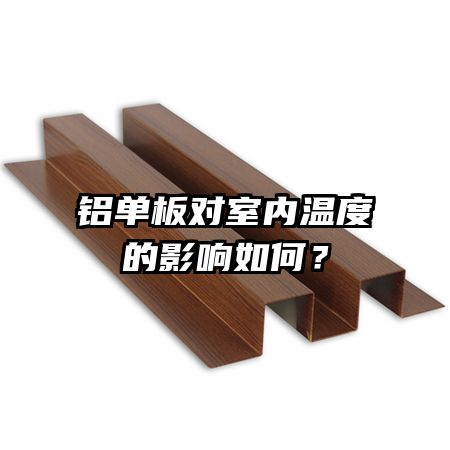
Aluminum veneerHow does it affect indoor temperature?
In modern architectural design, aluminum veneer, as a common decorative material, not only has a beautiful and elegant appearance, but also has multiple functions. Among them, the impact of aluminum veneer on indoor temperature is a highly concerned topic. This article will elaborate on the impact of aluminum veneer on indoor temperature from four aspects.
1、 Thermal insulation performance
1. Thermal insulation principle
The thermal insulation performance of aluminum veneer mainly depends on its surface coating and filling materials. Generally, the filling material of aluminum veneer is polyethylene foam or rock wool. These materials have excellent thermal insulation properties and can effectively isolate the transmission of indoor and outdoor temperatures.
2. Thermal insulation effect
After experimental testing, using aluminum veneer for insulation treatment can reduce indoor temperature by about 5-10 ℃ compared to without insulation. This can not only improve indoor comfort, but also save energy consumption of air conditioning, achieving the effect of energy conservation and emission reduction.
3. Thermal insulation advantages
Compared to traditional insulation materials, aluminum veneer has better durability and fire resistance, which can effectively prevent fires from occurring. In addition, aluminum veneer has low installation and maintenance costs, long service life, and is a very practical insulation material.
2、 Thermal insulation performance
1. Thermal insulation principle
The insulation performance of aluminum veneer mainly depends on its filling material and surface coating. The filling materials are usually polyurethane foam or polystyrene board, which have good thermal insulation performance. Surface coatings usually use high reflectivity coatings, which can effectively reflect sunlight and reduce indoor temperature rise.
2. Thermal insulation effect
After experimental testing, using aluminum veneer for insulation treatment can increase indoor temperature by about 5-10 ℃ compared to without insulation. This can effectively reduce winter heating energy consumption and achieve energy-saving and emission reduction effects.
3. Thermal insulation advantages
Compared to traditional insulation materials, aluminum veneer has better waterproof performance and durability, which can effectively prevent water leakage and corrosion. In addition, aluminum veneer has low installation and maintenance costs, long service life, and is a very practical insulation material.
3、 Adjust humidity
1. Adjustment principle
The surface coating of aluminum veneer usually uses moisture-proof coating, which can effectively prevent moisture from entering the room and regulate indoor humidity. In addition, the filling material of aluminum veneer also has a certain degree of moisture absorption, which can absorb excess indoor moisture.
2. Adjustment effect
After experimental testing, using aluminum veneer for humidity control treatment can reduce indoor humidity by about 5-10% compared to untreated conditions. This can effectively prevent the growth of mold and bacteria, and improve indoor air quality.
3. Adjustment advantage
Compared to traditional humidity regulating materials, aluminum veneer has better waterproof performance and durability, which can effectively prevent water leakage and corrosion. In addition, aluminum veneer has low installation and maintenance costs, long service life, and is a very practical material for regulating humidity.
4、 Improving air quality
1. Improvement principle
The surface coating of aluminum veneer usually uses environmentally friendly coatings, which can effectively reduce the release of harmful gases indoors. In addition, the filling material of aluminum veneer also has the function of adsorbing harmful gases, which can absorb excess harmful gases indoors.
2. Improvement effect
After experimental testing, using aluminum veneer for air quality improvement treatment can increase indoor air quality by about 30-50% compared to untreated conditions. This can effectively reduce the concentration of indoor pollutants and improve indoor air quality.
3. Improving advantages
Compared to traditional air quality improvement materials, aluminum veneer has better environmental performance and durability, which can effectively reduce the release of indoor pollutants. In addition, aluminum veneer has low installation and maintenance costs, long service life, and is a very practical material for improving air quality.
5、 Summary:
In summary, the impact of aluminum veneer on indoor temperature is multifaceted. Aluminum veneer can effectively improve indoor comfort, reduce energy consumption, and achieve energy-saving and emission reduction effects through insulation, heat preservation, humidity regulation, and air quality improvement. Therefore, in modern architectural design, aluminum veneer, as a very practical decorative material, has a wide range of application prospects.

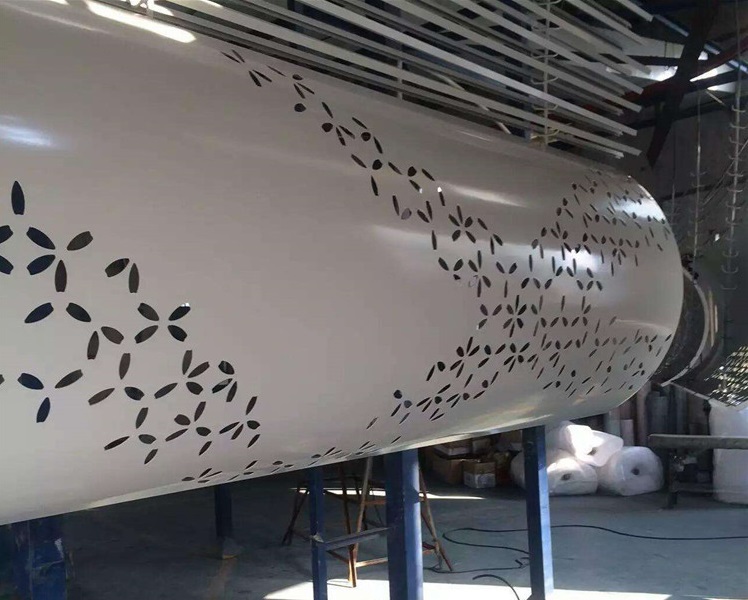

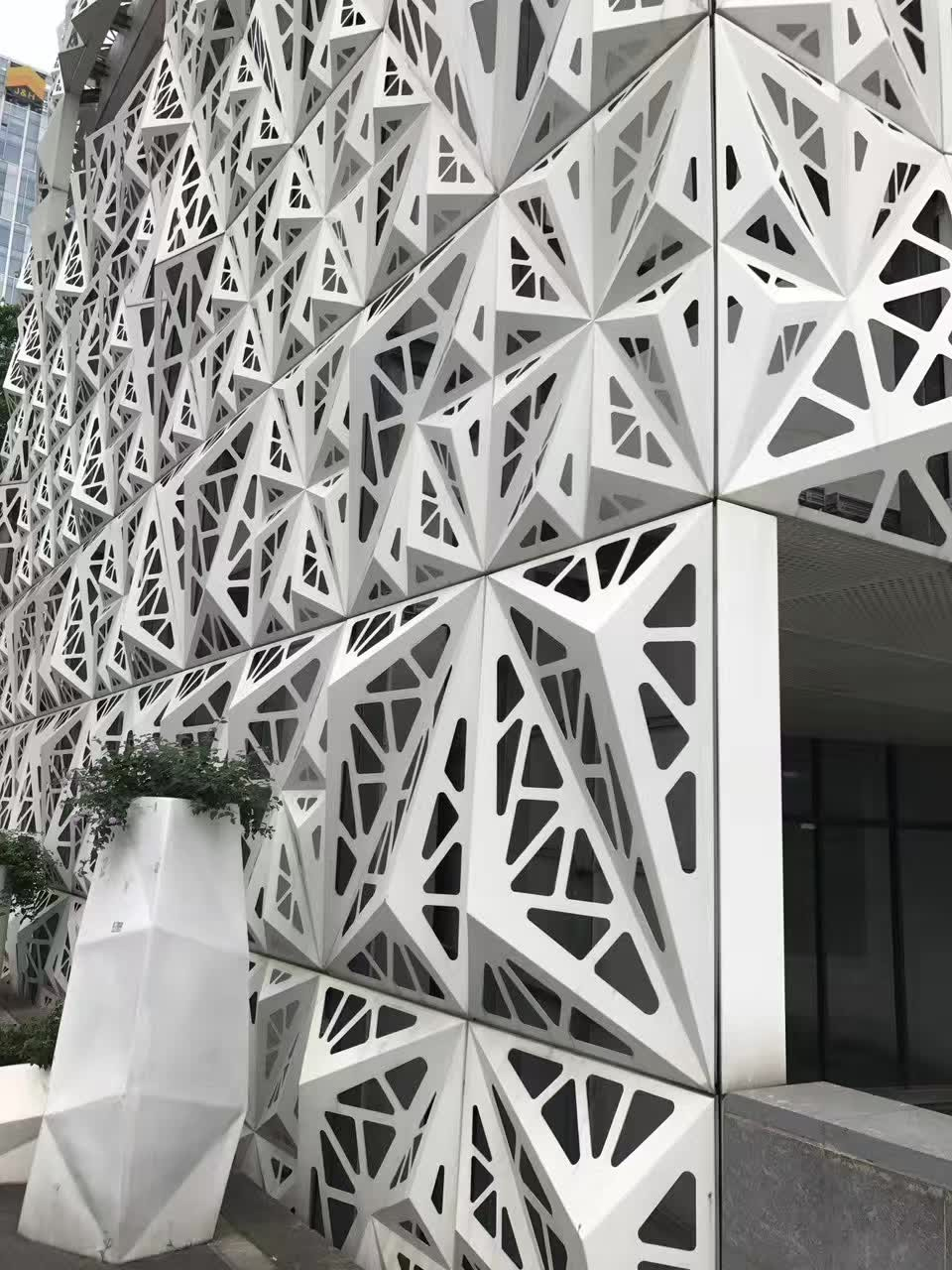
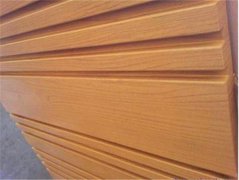
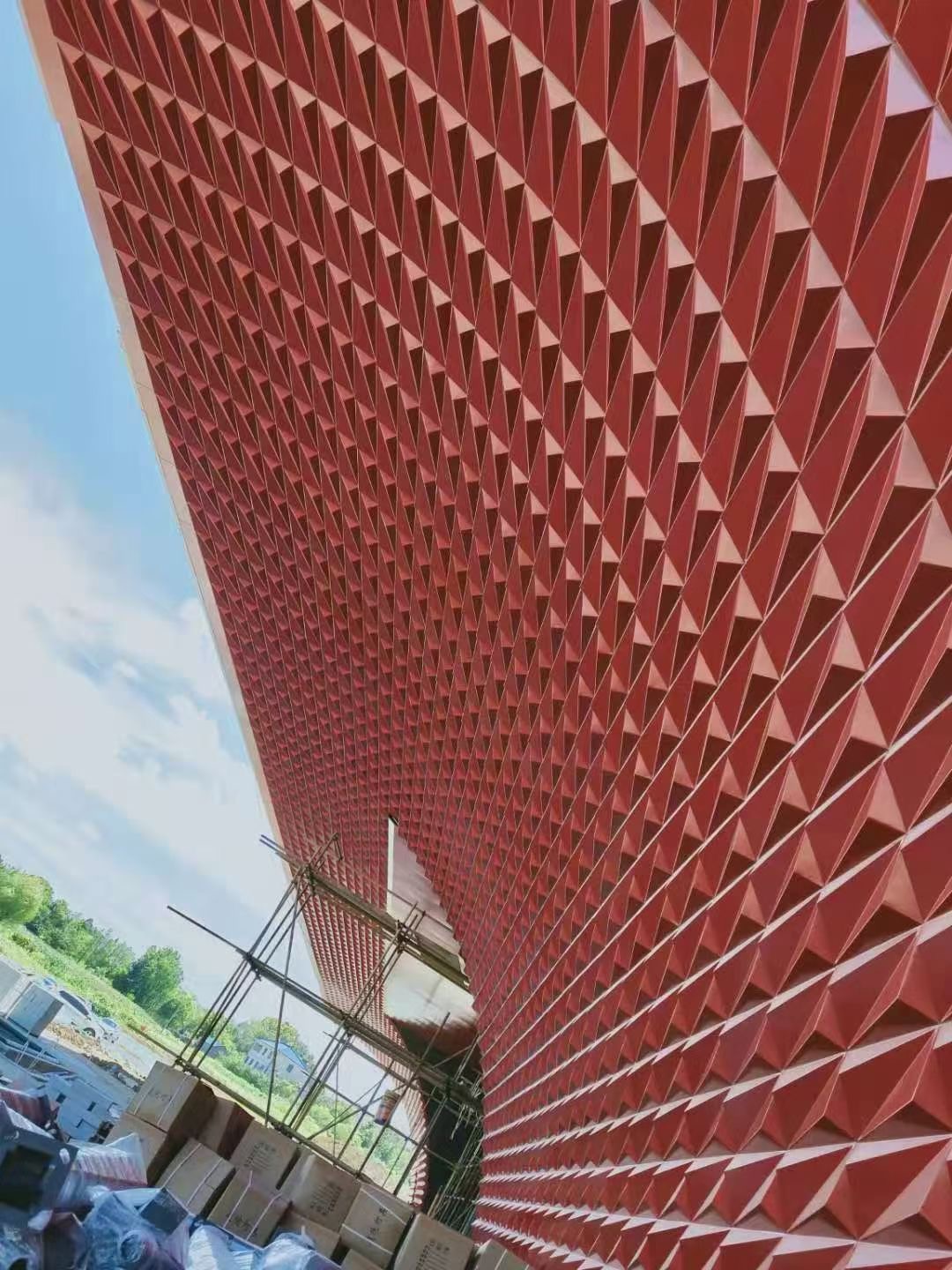
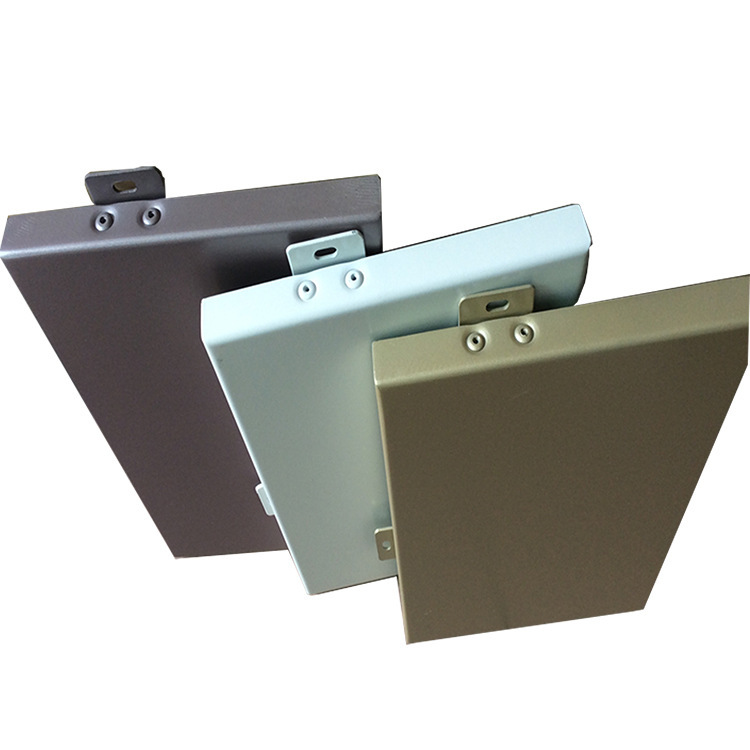
 Customer service QQ
Customer service QQ